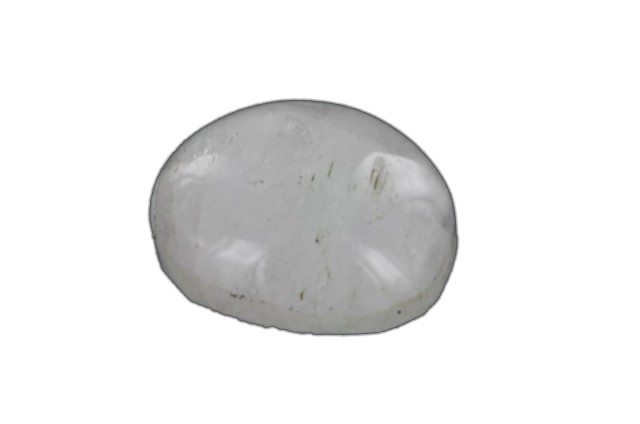
yellow
Je vous emmène à travers mes vidéos découvrir mon expérience acquise depuis plus de 30 ans a silloner le globe entier à la recherche de pierres précieuses, de rencontre mémorables mais aussi de difficulté parfois …
actualités
Categories

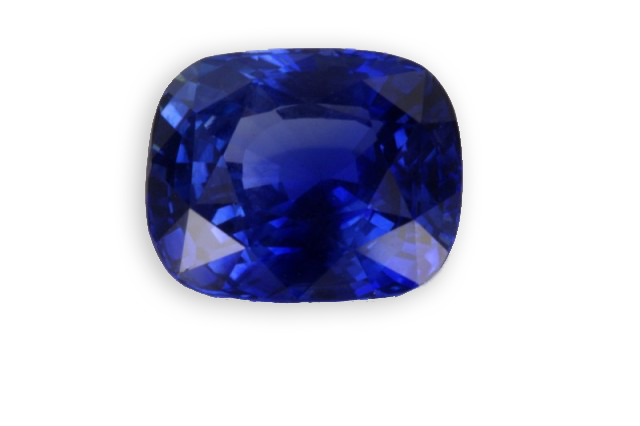
sapphire
Its name comes from the Hebrew “Sappir” which referred for a long time the blue gems, the “most beautiful things”. By 1800, it was shown that the ruby and sapphire were only varieties of the same mineral, corundum. Currently, sapphire corresponds to all the blue
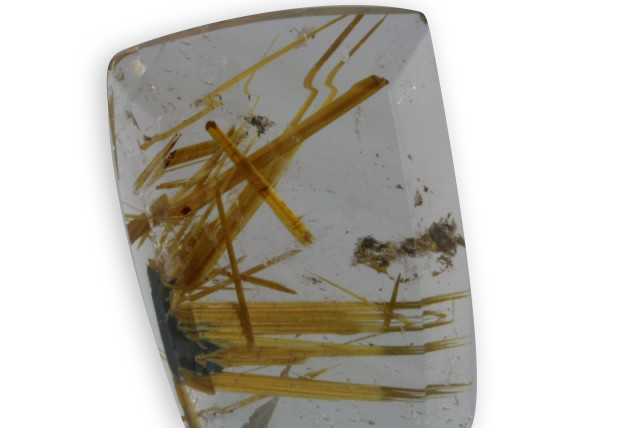
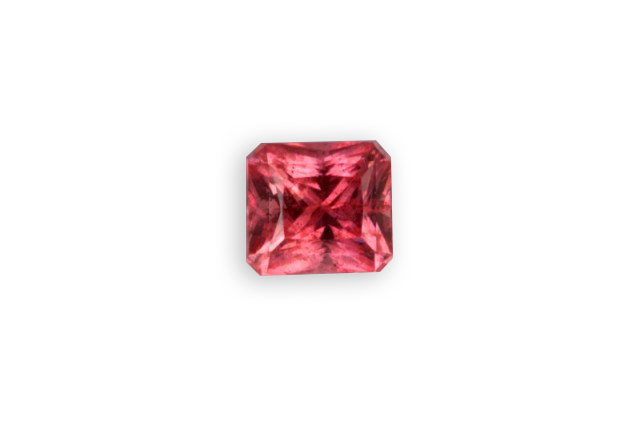
rhodochrosite
The gem variety, which is only marketed since 1950, yet named dialogite or “Inca Rose”, saw its name derived from the Greek “rhodon” for rose. In fact, the term dialogite was reserved to rhombohedral crystals. It is of a pinkish red to yellowish color, with
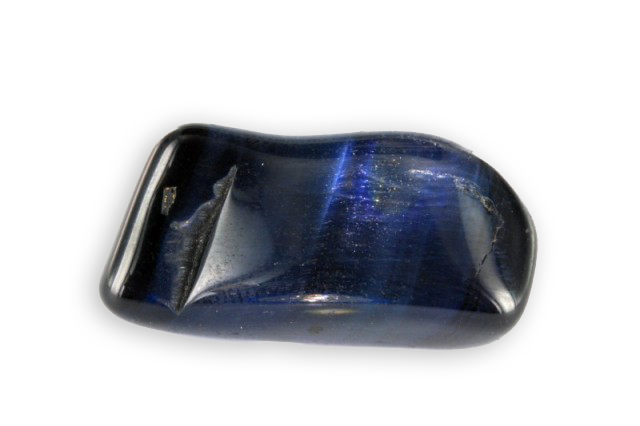
compact quartz
This group includes compact quartz containing inclusions of another mineral which determines the appearance and color. Tiger’s Eye and Hawk Eye: The name comes from the fact that the polished cabochons show a light stripe evoking the split pupil of a tiger, the second name
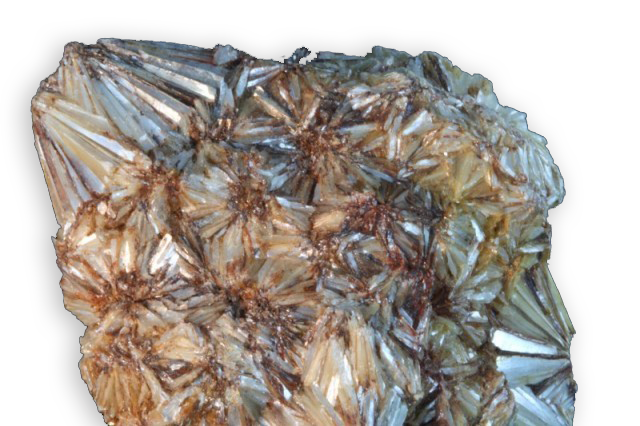
pyrophyllite
Uncommon mineral, present in hydrothermal veins. Its name comes from the Greek “pyros” for fire and “phyllos” as sheet, because with the heat this mineral is exfoliating, and swells in superposed sheets.



